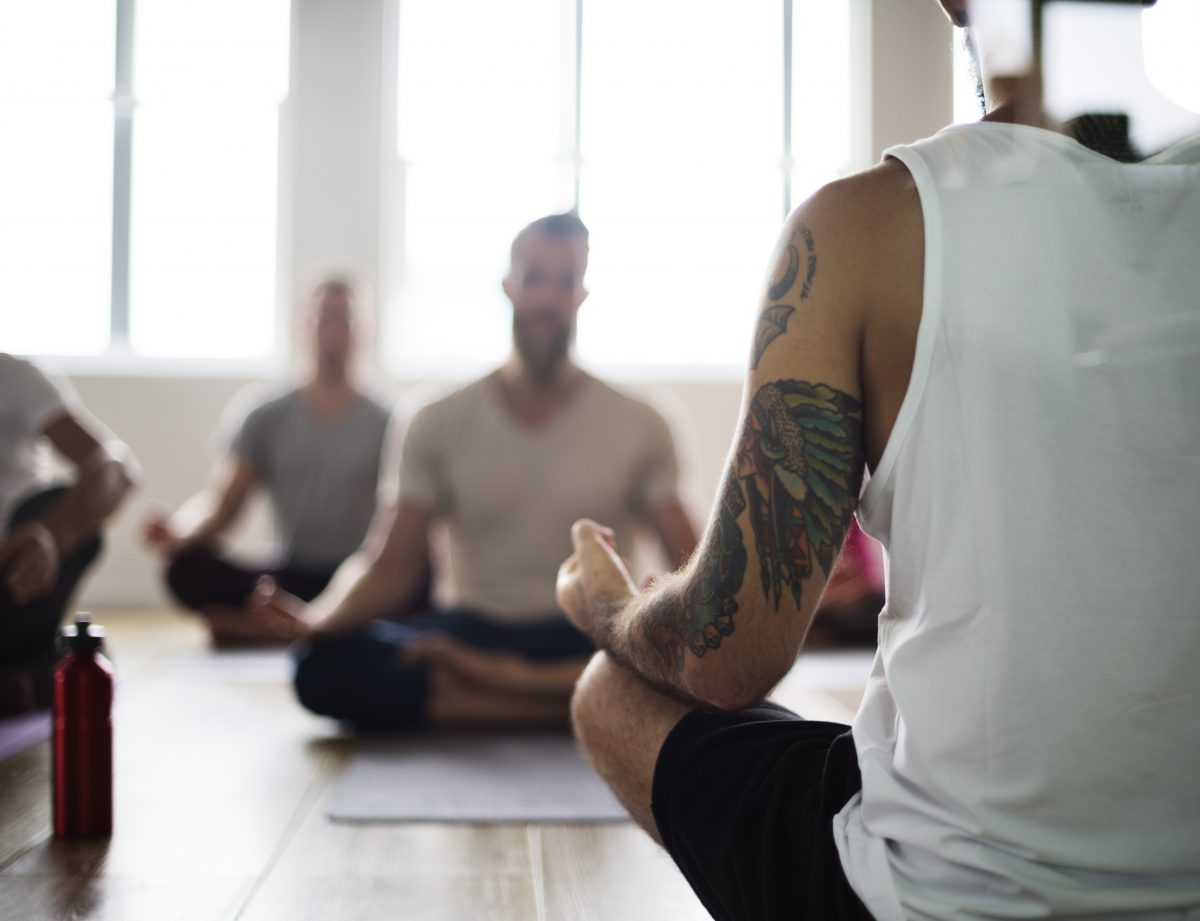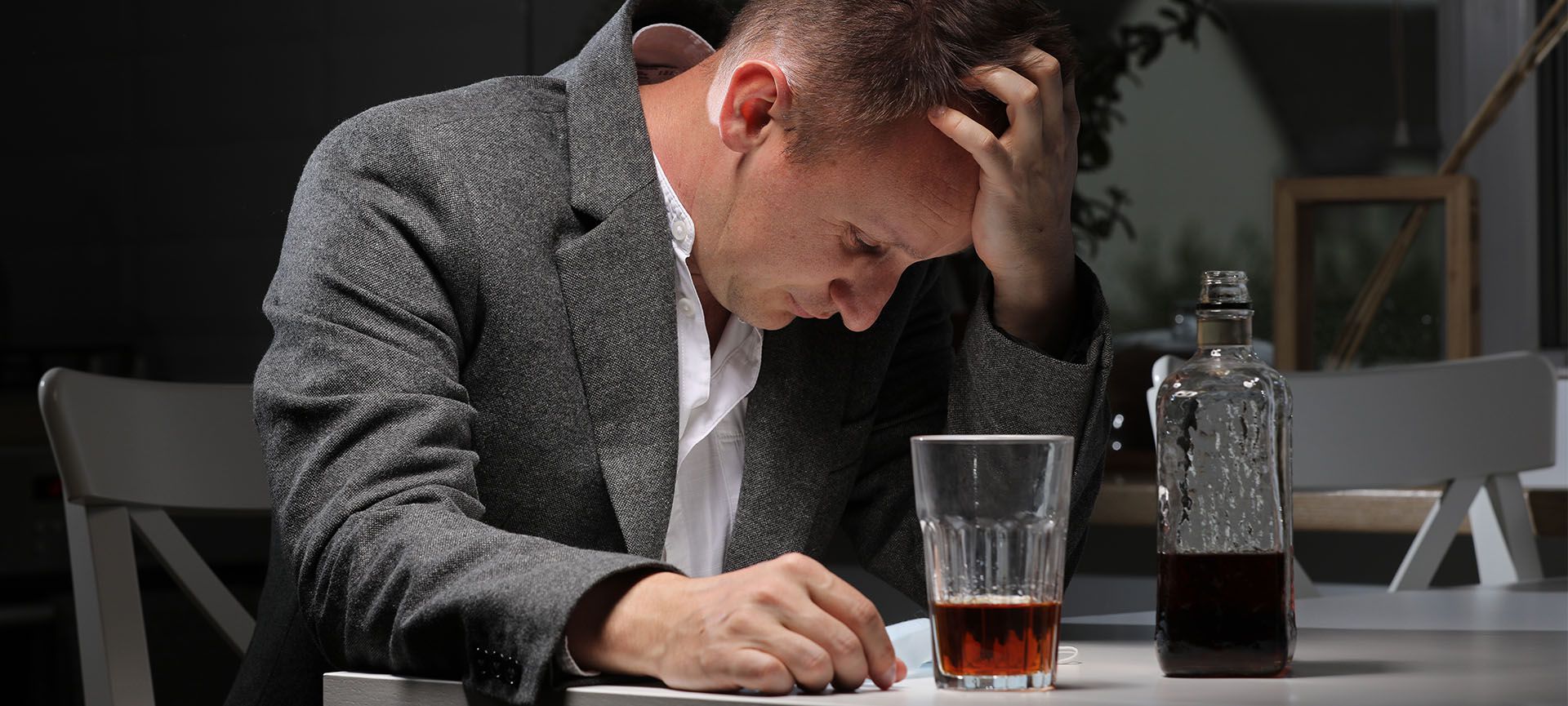Many people know Yoga to be an activity that helps you to relax and reduce stress. What you might not know is that it can help you deal with stressful situations such as addiction and recovery from addiction. When practicing yoga, physical and mental techniques are applied to target the part of the brain affected by substance use disorders. It also helps to reduce one’s cravings for drugs.
If you have anyone who has battled or is battling with an addiction of any sort, then you’d understand how serious it is. Anyone can find themselves addicted to anything and at any point. Because it does not really sit well with both people suffering addictions and the society at large, the subject of addiction is often not discussed.
Related article: How to Tell if Your Loved One has a Drug Addiction
This itself is causing a substantial amount of harm to persons trying to break free from it. However, in Canada today, more people are admitting that they indeed have this problem and are working towards recovery.
This article is focused on how yoga can help you manage addiction recovery. Before we go further on the benefits attached to practicing yoga in order to curb your addictions or substance abuse, let’s talk about addiction.
What is an addiction?
Addiction means being abnormally tolerant to or dependent on something that is psychologically and physically habit-forming. It has also been defined to be the habit of wanting more which could be an allergic reaction that is an obsession of the mind.
It is trite at this point to say that it’s not only drugs you can be addicted to. Humans can be addicted to anything, it may be diet coke, television, one’s partner and so many other things.
As far as you find yourself unable to refrain from thinking or doing a particular thing, you are probably addicted to it. If asked to stop using or doing that thing for a week and you can’t, that’s abusive behaviour to look out for. Having said that, let us take a look at how yoga can help you deal with addiction recovery.
Related article: What is Addiction? Understanding Addiction
How yoga can help you while recovering from addiction?
In Canada, generally, people engage in Yoga to help improve their mood and sense of well-being. The breathing modulations and body postures used during yoga help to promote relaxation, physical strength and even spirituality.
All these are advised where addiction recovery is in motion. Therefore, if you are wondering about yoga and addiction recovery, the answer is yes. Yes, yoga can go a long way in helping anyone in recovery.
Some of the benefits that yoga holds for people dealing with substance abuse include
It helps you to remain present.
The Importance of remaining Present during addiction recovery can not be overemphasized. If you refuse to be present in your situation then you would not be able to work things out.
Avoiding your feelings or emotions will only feed your addiction and not help you out. Yoga practice teaches you to be actively present in your emotions and situations.
Regular yoga exercises combined with therapy is one of the most effective ways to dwell in the present for your addiction recovery.
It calms and relaxes you
Yoga has been proven to help calm the nervous system. It relaxes the muscles and mental synapses for times when the addictive nature of a person is triggered. Many yoga exercises can help you to calm your mind and keep you focused on recovering from addictions.
In dealing with addiction, depression and even substance abuse, a calm mind is very important if not mandatory. Yoga helps you to achieve relaxation and calmness.
It helps you identify destructive habits.
If you haven’t identified that you have a bad habit or that you’re suffering from addiction, you’d never get the help you need. Identifying one’s addiction is one of the most important steps toward recovery.
Yoga helps you to identify your mental and physical destructive habits. Like we mentioned earlier, yoga helps you to remain present and this helps you to be aware.
Once you’re aware of your destructive habits, you can accept them as problems and then you can move forward. You can then now form new habits and behaviour that will aid your addiction recovery.
It helps you build confidence.
One major thing that drives people towards addiction is insecurity. Insecurity is one of the roots of addictive behaviours. Yoga helps you get in touch with yourself well enough to build self-confidence.
Building confidence is very essential in your process of recovery. If you can commit to regular yoga practice and exercises, you get to watch yourself progress with the positions and this will help your confidence.
Yoga poses that help with addiction recovery
This boost in your confidence will be a vital step on your way to recovery. Confidence in oneself will erase insecurities which will reduce your drive towards whatever you’re addicted to.
Now that you know how much you’d benefit from yoga in your addiction recovery journey, let us introduce you to some yoga poses that can help you recover from addiction;
Spinal Breathing Pranayama
Many yoga practices begin with breathing exercises. These basic breathing exercises help to promote mind and body connections. Pranayama practices will help you to keep your mind focused and calm. The intuition that this position helps you build will be helpful in your quest for changing addictive behaviours.
Fish Pose
Fish Pose or Matsyasana is popularly known as a great heart opener. It is a great stretch of your thoracic spine, your shoulders and your chest. It’s is also often referred to as ‘the destroyer of all diseases’. It greatly helps to relieve anxiety and stress and would help in addiction recovery.
This is how you get into the Fish Pose:
- You begin on your back with your legs extended and your feet together.
- Then you lift your chest and shoulders, resting on your forearms, move your hips closer to your elbows to create a bend in your spine.
- You then try to lift your hips, bear in mind that your intention is to bring your pinky fingers to touch below your glutes
- Stay in this position for 5-10 full breaths.
Downward Facing Dog
Downward Facing Dog helps to deal with stress, it’s a wonderful stress relief pose. It gently lengthens and strengthens your muscles and your physical body. This pose helps to release mental and physical tension.
Practice this pose as often as you can to deal with stress and to help with your addiction recovery.
Low Lunge
The Low Lunge helps to stretch the hips, psoas, flexors and groin. All these are parts of our body which we tend to hold much of our emotional trauma.
To do this pose, you’d have to start from Downward Facing Dog position, then bring your right leg forward to stack your right knee on top of your ankle.
The low lunge pose can be either gentle or a more intense stretch. The intensity of the stretch depends on your body. You need to focus on each exhale and how you roll your hips when you’re releasing tension.
Yogi Bicycles
Yogi Bicycles focuses on lengthening the muscles in the body. The movements help to build heat in the body which in turn primes our muscles. Yogi Bicycle is a great way to fire up and increase your confidence levels. As we’ve discussed earlier this confidence helps in addiction recovery.
When you’re trying to be in this position, you need to focus on breathing well. You’d start on your back with your hands interlaced behind your head, then you bend your knees, squeezing them into your chest. Then, you inhale and exhale regularly.
Warrior 1
For people struggling with addiction, this particular pose is the right one for you. Warrior 1 really helps you to remain present and we already pointed out earlier how important it is for you.
It tests your ability to stay present in the midst of discomfort and helps you to build strength. Instead of your addiction to be triggered when in discomfort, a constant practice of Warrior 1 will supply you with the strength that will counter your addictive habits.
Safe Twist
Most yoga positions are dedicated to helping you reduce stress, tension and anxiety and sage twist is not an exception. It is one of the major poses that helps to detoxify and remove negative energy from your spine and organs.
To do the safe twist:
- You start out seared with your legs stretched out in front of you.
- You then inhale to sit up tall, hence lengthening your spine.
- After this is done, you should try to bend your right knee and place your right foot next to your thigh.
- Hold your knee with both hands and exhale.
These postures help to twist and compress your internal organs which enhance the stimulation of your nervous system. We can’t think of any better way to calm your mind, reduce tension and eliminate negative emotions and energy than the sage twist pose.
Pigeon Pose
This pose is your best bet to open up your hip in order to release stored up emotions and blocked energy from your body.
It will help to bring all your emotions to the surface thereby helping you to be present and engage your emotions as you should. You will be able to face whatever you’re feeling and be opportune to deal with them and let them go. This release is very important and essential in the journey of someone who’s recovering from addiction.
Legs Up the Wall Pose
The legs up the wall pose help you to find relaxation in the mind. It helps to relax your nerves and rejuvenate your body.
- You start by being in a fetal position with your hips close to the wall.
- Then you gently roll on your back and extend your legs to rest your thighs on the wall.
- For better comfort, you might have to adjust your hips closer to the wall and drape your extended arms by your hips.
- Hold this position for about 5-10 minutes then roll back into a fetal position to release.
Spending ample time in this pose helps to increase circulation in the body and relieves anxiety, depression and aid addiction recovery.
Corpse Pose
Not to scare you off or anything but the corpse pose is slightly difficult compared to the ones we’ve talked about before now. This is because it requires a lot of stillness and silence, which a lot of people find it difficult to do. It is, however, the most effective position you can take in order to truly discover oneself and identify one’s problems.
- You are required to be lying down and then allow your legs which should be extended in front of you to be completely relaxed.
- You need to rest your hands by your side, close your eyes and find a neutral breath.
- Close attention and focus are required on your breath, then hold the position for 5-10 minutes.
Don’t forget you need to maintain the utmost calmness and stillness in this position to achieve the right results.
Related article: Can Meditation Help in Addiction Recovery?
Conclusion
There are many more Yoga positions for you to try out in your addiction recovery. You should know that what we’ve discussed shouldn’t replace lessons that will be taught by a professional in a Yoga class. So kindly visit and attend classes for effectiveness. You can look up classes close to your area, there are many available in Canada
One important thing we would like for you to take out of this article is that, no matter what you’re addicted to, you can get free of that addiction. Just refocus on replacing your commitment towards satisfying that addiction to getting rid of the addictive habits instead.
Addictions can ruin your effectiveness in life and rob you of a lot of things. It can cripple you and take your prime time from you. However you don’t have to let that happen to you, it starts by simply making that conscious effort of getting better and seeking professional help. Make that step today, free yourself from whatever it is that’s holding you back. Call us today!





